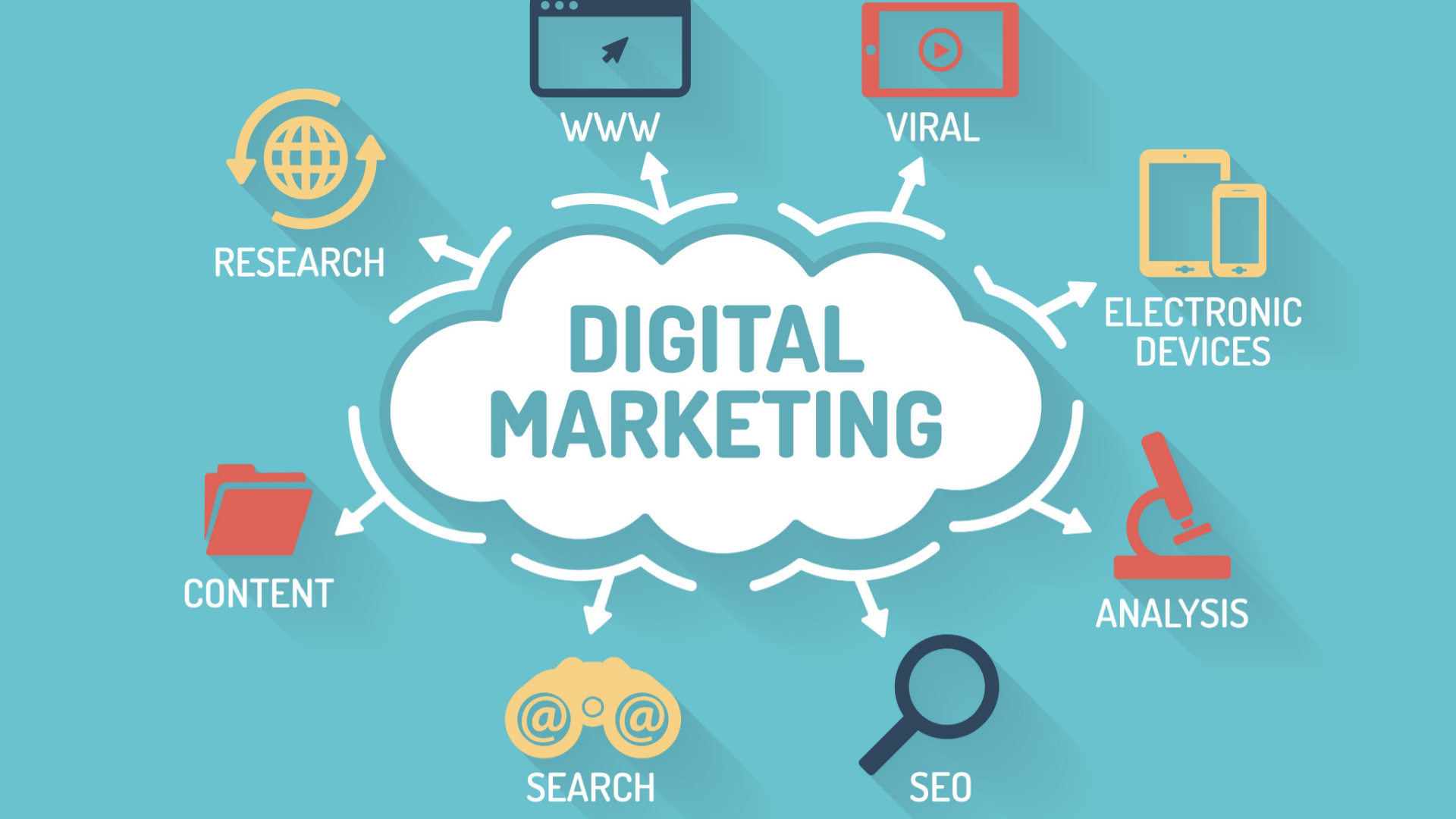Studying Information to Optimize Your Digital Advertising Efficiency
In an era where digital impacts are invaluable, evaluating data is critical to optimizing your electronic advertising and marketing efficiency. With metrics such as Click-Through Rates and Conversion Rates, marketing experts can acquire workable understandings that drive significant involvement. Devices like Google Analytics and heatmaps supply a granular sight of audience habits, making it possible for a targeted approach to material production. This data-driven technique not only lines up advertising efforts with consumer choices however additionally makes best use of Return on Financial investment. Recognizing just how to constantly keep an eye on and adjust to these insights is essential for maintaining dexterity in a rapidly evolving digital landscape. Interested regarding taking your advertising to the following degree?
Identifying Trick Metrics

CTR shows the portion of customers who click on an ad or link, giving understanding into the performance of creative possessions and targeting approaches. ROI, on the various other hand, evaluates the profitability loved one to the costs sustained, offering a thorough view of the financial impact of advertising and marketing tasks.
In addition, various other critical metrics like Consumer Procurement Price (CAC) and Life Time Value (LTV) provide much deeper insights into the cost-effectiveness and lasting value produced from advertising efforts. By diligently tracking these KPIs, organizations can make data-driven choices to improve and improve their digital advertising techniques.
Recognizing Customer Habits
Structure on the foundation of essential metrics, an extensive understanding of client behavior supplies a nuanced perspective that drives more reliable digital advertising and marketing strategies. By examining exactly how clients engage with your online platforms, you can reveal patterns and preferences that educate targeted marketing initiatives. This involves looking at various touchpoints such as website navigating, web content consumption, and social networks involvement.
Recognizing consumer habits starts with segmenting your target market based upon demographic, psychographic, and behavior data. This segmentation permits customized marketing, providing to certain needs and choices of distinct groups. Determining one-time buyers versus regular buyers can aid tailor advertising offers and communication strategies as necessary.
In addition, mapping the consumer journey is important. This involves tracking the actions a customer draws from preliminary understanding to final acquisition, and also post-purchase involvement. By doing so, you can determine prospective drop-off points and enhance these areas to boost customer retention and conversion rates.
In addition, examining feedback and reviews offers straight insights into customer fulfillment and locations for renovation. Understanding the inspirations, pain points, and assumptions of your target market allows the crafting of even more resonant and effective marketing messages, eventually driving greater involvement and loyalty.
Leveraging Analytical Devices
Using the power of analytical tools is vital for enhancing electronic marketing performance. These tools supply granular understandings right into numerous aspects of advertising projects, from target market involvement to conversion rates. By leveraging platforms such as Google Analytics, HubSpot, and Adobe Analytics, online marketers can track key efficiency indications (KPIs) and acquire workable data. This data-driven method makes it possible for businesses to make educated decisions, refine strategies, and allot resources better.
The utility of logical tools prolongs beyond mere information collection. Heatmaps can expose customer interaction with website elements, while A/B screening tools can establish the performance of various material variants.
Incorporating logical devices with various other digital marketing systems, such as social media and email marketing software, creates a cohesive community for extensive efficiency monitoring. This all natural view makes sure that all aspects of an electronic advertising and marketing method are aligned and maximized. In an increasingly competitive digital landscape, the capacity to leverage analytical tools properly can be the determining variable between success and stagnancy.
Enhancing Web Content Approach

One key element of improving web content technique is recognizing audience choices and actions. Analytics can expose group details, top interaction times, and preferred web content styles, such as infographics, blog sites, or videos. This knowledge enables marketers to customize their content to fulfill the certain needs and passions of their target market, thereby enhancing the probability of involvement and conversion.
Furthermore, continuous tracking and analysis of content performance supply understandings right into what is working and what needs adjustment. A/B screening various headlines or calls-to-action can anchor generate important data on components that drive the many engagement. Additionally, tracking content efficiency across various channels aids in enhancing distribution techniques, ensuring that the appropriate web content gets to the best audience via one of the most efficient platforms.
In essence, data-driven web content strategy enhancement is an intermittent process of refinement, execution, and analysis, geared towards providing optimal value to both the audience and the business.
Measuring Project Success
Gauging project success is vital for comprehending the performance of digital marketing efforts and making notified decisions for future initiatives. Exact dimension enables online marketers to assess if their approaches are attaining preferred purposes, such as enhancing brand name awareness, creating leads, or boosting sales. Key efficiency indicators (KPIs) are important metrics that offer understandings into project performance. Usual KPIs include click-through prices (CTR), conversion rates, roi (ROI), and customer procurement expenses (CAC)
To successfully determine project success, it is crucial to set clear, quantifiable goals from the start. These goals must be aligned with more comprehensive business goals and give a criteria for evaluating efficiency. Using tools like Google Analytics, social media analytics, and CRM systems can facilitate the monitoring of these KPIs and use real-time information insights.
Analyzing this information aids recognize which elements of the campaign are working well and which need modifications. For example, a reduced CTR may show that ad duplicate needs improvement, while a high CAC can recommend a this page demand for targeting optimization. Constant monitoring and evaluation make sure that advertising and marketing initiatives are nimble and responsive, inevitably leading to a lot more effective and effective projects.
Final Thought
To conclude, the optimization of digital marketing efficiency through information evaluation is imperative. Determining key metrics such as Click-Through Fees (CTR) and Conversion Rates (CR) allows for a much deeper understanding of client habits. Leveraging analytical devices, consisting of Google Analytics and heatmaps, boosts material strategies and campaign efficiency. Constant surveillance and data-driven modifications make sure that advertising and marketing initiatives line up with progressing trends, eventually driving greater Return on Investment (ROI) and attaining critical goals.

Comments on “Top Devices and Resources for Effective Digital Marketing Campaigns”